Icon of the Resurrection
Why is the Great Pascha on a Different Date than Easter?
This year the Orthodox Church celebrated the Great Pascha, their Easter, on May 1, several weeks after the rest of the Christian world celebrated Easter. This feast is preceded by a Holy Week similar to the Catholic one, and has the same meaning and purpose as the Christian Easter. The fact that Pascha lands on a different date, especially one that occurs much later than Easter this year, is a continued point of confusion. Here are some facts to explain why these feasts, which celebrate the same holy event, normally take place on different days.
To briefly explain, the date difference harkens back to the old distinction between the Julian and Gregorian calendars. The Orthodox Church has remained faithful to the Julian calendar, always using it when calculating the days of holy feasts, while the Christian world uses the Gregorian calendar.
The Julian calendar is 13 days behind the Gregorian one. Though a revised version of the Julian calendar was later accepted by the Orthodox Church in order to align the majority of religious holidays across denominations, the original Orthodox preference to calculate the date of Easter and all feasts attached to it was maintained.
The Orthodox Church was insistent upon determining the date of Pascha according to their traditional methods for a particular reason.
The Orthodox calculate when Easter should occur according to a specific formula which dates back to the Council of Nicea in 325 AD. According to this formula, Pascha must always fall after the Jewish Passover, specifically on the first Sunday following the first full moon after the vernal equinox. Sometimes this causes Easter and Pascha to land on the same date, but it is rare.
—Based on an article by Father Jon Magoulias, featured at the Greek Reporter USA website
The Orthodox Fathers on The Great Pascha
“This Hebrew word, ‘Pascha,’ when translated, means ‘passing over’ or ‘freedom,’ and the Sunday that follows 50 days later is therefore called ‘Pentecost’ or ‘Fiftieth,’ for in the Law it marks the completion of the 50 days that follow Pascha. As St. John the Theologian says in his Gospel, ‘On that last, that great day of the feast’ (John 7:37), because Pentecost constitutes the conclusion of the feast of Pascha. ‘The third hour received this grace,’ says St. John of Damascus. At the same time, the grace was given on ‘day one,’ the Lord’s day. This signifies that we worship three persons with but a single power, that is, a single Godhead. For Sunday is called ‘day one’ and the first day of the week, says St. John Chrysostom; such is the way in which it is singled out and described prophetically in the Old Testament. It is not simply enumerated with the other days of the week, such as the second day and the rest. Had it not been singled out, it would have been called the ‘first day,’ but as it is it is called ‘day one’ of the week (cf. Gen. 1:5, LXX). In the new dispensation of grace, however, this ‘holy’ and ‘chosen day’ (Lev. 23:35, LXX) is called ‘the Lord’s day’ (Rev. 1:10), because on it the more lordly and masterful events in Christ’s life took place, the Annunciation, the Nativity, the Resurrection; and on this day the general resurrection will also take place. For it was on this day that God created the visible light, says St. John of Damascus, and it will also be the day of Christ’s second coming. Thus it will last for limitless ages; it is both day one and the eighth day, as being outside the other seven ages that have days and nights in them.”
—St. Peter of Damaskos, Philokalia Volume 3
Celebration of the Great Pascha
The Orthodox celebration of the Great Pascha is very much like the Catholic celebration of Easter. Below is a description of the Holy Week which precedes the Great Pascha, and the divine liturgies that are prayed.
“On Palm Sunday, palm crosses are distributed and palms fill churches during a Liturgy that reminds worshippers of Christ’s triumphal entry into Jerusalem. That evening begins the celebration of a series of four ‘Bridegroom’ services, which culminate on Holy Wednesday evening and are based on the Parable of the Bridegroom found in Matthew 25. It reminds us that Jesus approached humankind to make Himself one with us, as a bridegroom approaches to become one with his bride.
“On Holy Thursday morning commemorates the founding the sacrament of the Holy Eucharist with a Liturgy that evokes the Last Supper, known by Orthodox as the Mystical Supper. A reserved host — the Body and Blood of Jesus Christ consecrated from leavened bread and wine — is prepared at this service and is preserved on the altar the whole year as a sign of Christ’s real and living presence in His temple. Holy Thursday evening sees a reenactment of Jesus’ carrying his cross to Golgotha. During this timeless service, extensive passages of the four Gospels are read while clergy carry an almost full-scale cross which has on it a representation of Jesus’ body.
“The service of the Royal Hours is read on Holy Friday morning, chronicling the hours during which Jesus suffered on the Cross. Following this, faithful decorate a carved wooden canopy, representing the tomb of Christ, with a profusion of flowers. Early in the afternoon the relatively brief — yet deeply moving — service of the Taking Down from the Cross takes place where the representation of Christ’s Body is taken down and placed in a white linen sheet representing His Burial Shroud. A representation of His Body embroidered on velvet is then placed in the tomb for the faithful to mourn over and venerate.
“Perhaps the single most moving service of the Orthodox ecclesiastical calendar is the candlelit Lamentations before the Tomb celebrated on Holy Friday evening. Christ’s Tomb is carried, usually around the outside of the temple, in a funeral procession of the Lord. No one can fail to be moved by this, and by the ancient hymn melodies and words, which bring to life the grief and suffering of the Virgin Mary and Jesus’ followers.
“Holy Saturday dawns with a Liturgy during which clergy scatter bay leaves in the temple as a sign of the incipient power of the coming Resurrection which sweeps away the accumulated detritus of the ages piled up against the Gates of Hell, which Christ’s Resurrection blew open once and for all.
“Just before midnight on Saturday night, lights are extinguished and the chief celebrant emerges from the altar with a single flame, symbolizing Christ’s Resurrection, which is passed to the waiting congregation. All then proceed outside where the Resurrection is proclaimed to the world and the hymn ‘Christ is Risen’ sung, and its words exchanged as a greeting among the faithful. Finally the Agape Vespers, featuring Thomas’ encounter with the Risen Lord read in a multitude of languages, is usually celebrated at noon on the Sunday of Pascha. The multiple languages remind all of the universal nature and message of Jesus’ Resurrection.
“In the end, no description can do justice to the multifaceted journey with Christ that Orthodox Holy Week is. It must be lived.
“The Orthodox Church invites all to come and become of part of the drama, the pathos and the immediacy of the ancient series of services that Holy Week represents.”
—V. Rev. Fr. Anastasios Gounaris, featured on the Greek Orthodox Archdiocese of America’s website
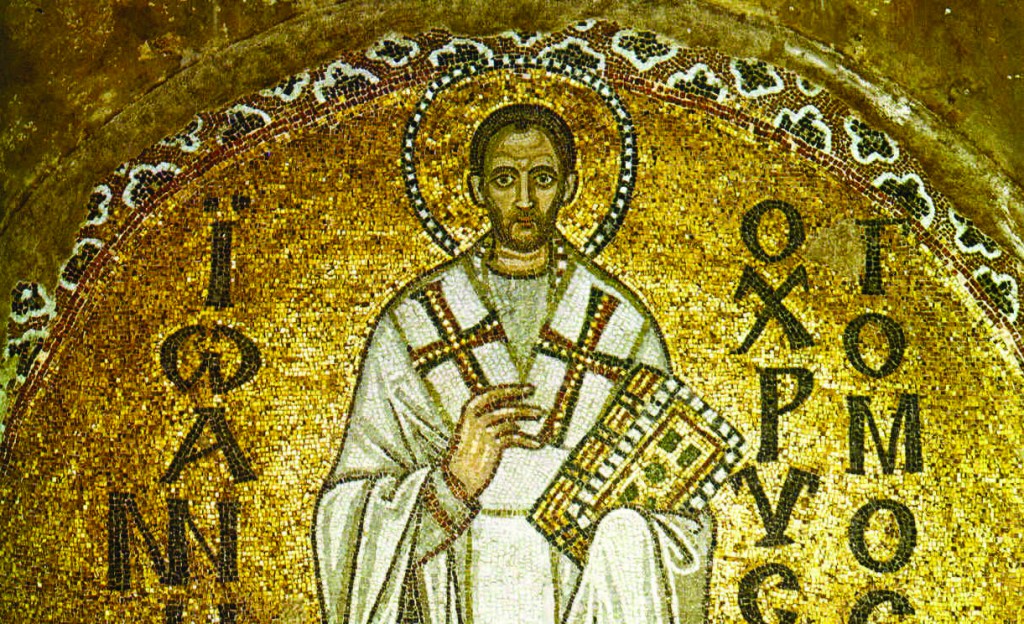
St. John Chrysostom
St. John Chrysostom’s Paschal Homily
Enter then, all of you, into the joy of our Lord.
First and last, receive alike your reward.
Rich and poor, dance together.
You who fasted and you who have not fasted, rejoice together.
The table is fully laden: let all enjoy it.
The calf is fatted: let none go away hungry.
Let none lament his poverty; for the universal Kingdom is revealed.
Let none bewail his transgressions; for the light of forgiveness has risen from the tomb.
Let none fear death; for the death of the Savior has set us free.
He has destroyed death by undergoing death.
He has despoiled hell by descending into hell.
He vexed it even as it tasted of His flesh.
Isaiah foretold this when he cried:
Hell was filled with bitterness when it met Thee face to face below;
filled with bitterness, for it was brought to nothing;
filled with bitterness, for it was mocked;
filled with bitterness, for it was overthrown;
filled with bitterness, for it was put in chains.
Hell received a body, and encountered God.
It received earth, and confronted heaven.
O death, where is your sting?
O hell, where is your victory?
Christ is risen! And you, o death, are annihilated!
Christ is risen! And the evil ones are cast down!
Christ is risen! And the angels rejoice!
Christ is risen! And life is liberated! Christ is risen!
And the tomb is emptied of its dead;
for Christ having risen from the dead, is become the first-fruits of those who have fallen asleep.
To Him be Glory and Power, now and forever, and from all ages to all ages.
Amen!

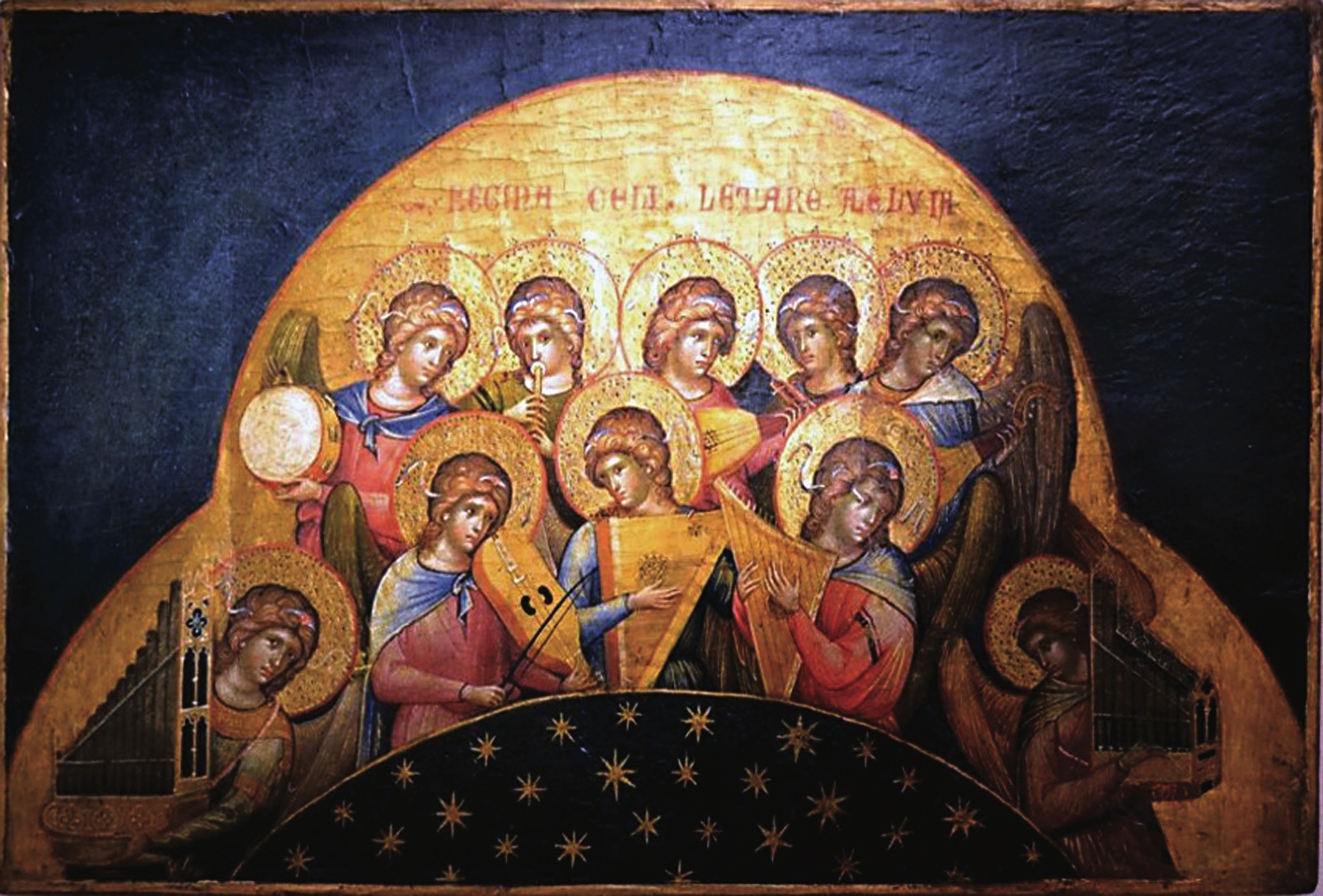
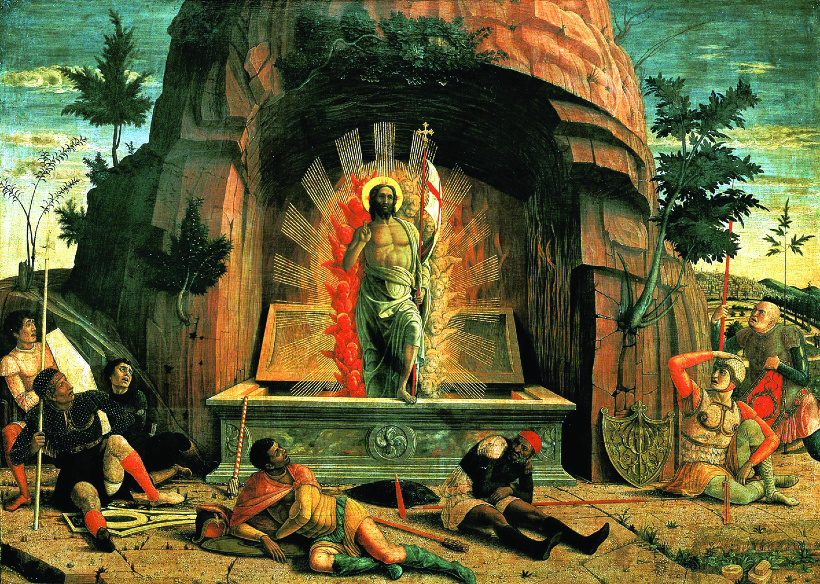

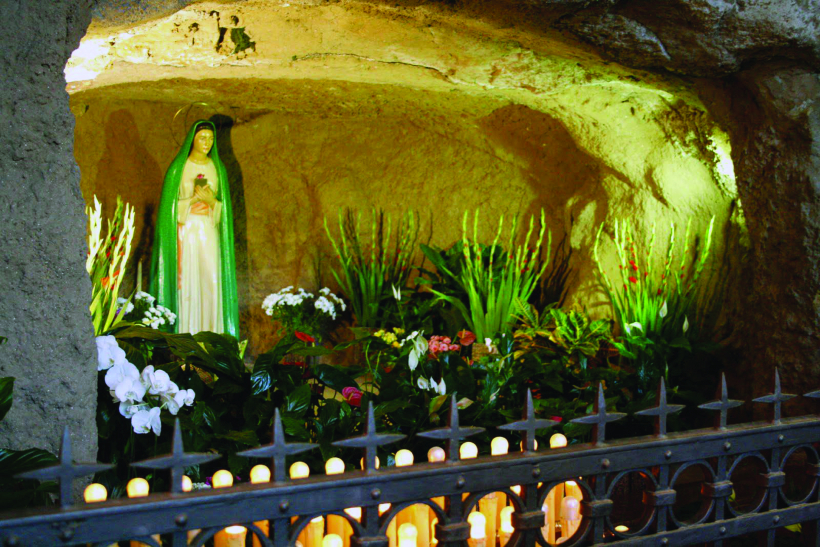
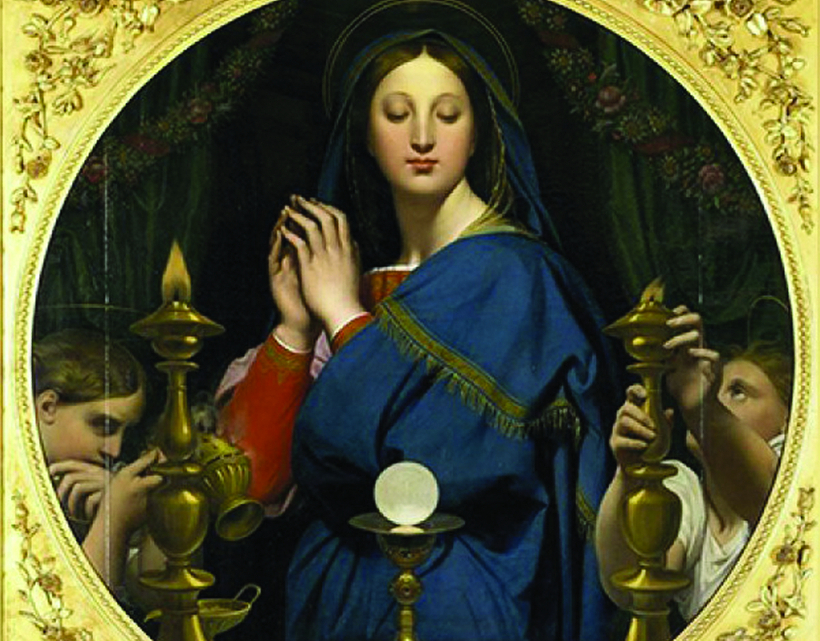
Facebook Comments